Screwdriving and Riveting Assembly
Articles about threaded and nonthreaded fasteners and the equipment for installing them.
ARTICLES
Cordless Power Tools Market Set for Growth
The market is projected to expand by $4.43 billion through 2027, driven by battery innovation and DIY trends.
April 2, 2024
Threaded Fasteners
Course to Teach Fundamentals of Threaded Fastener and Joint Design
Participants can earn up to 24 professional development hours with this course.
March 1, 2024
EVENTS
Featured Event Industry
5/1/24 to 5/2/24
Music City Center
201 Rep. John Lewis Way S
Nashville, TN
United States
The ASSEMBLY Show South
Get our new eMagazine delivered to your inbox every month.
Stay in the know on the latest assembly trends.
SUBSCRIBE TODAY!Copyright ©2024. All Rights Reserved BNP Media.
Design, CMS, Hosting & Web Development :: ePublishing
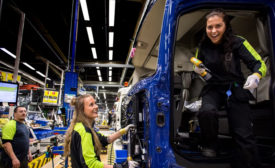
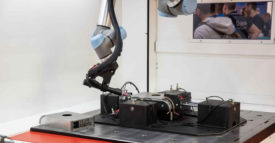

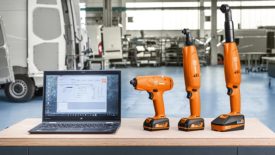

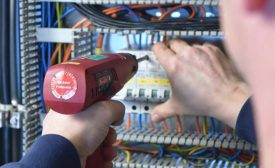

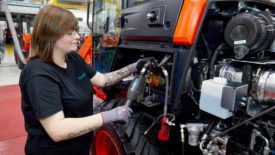
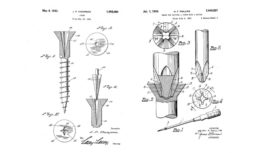
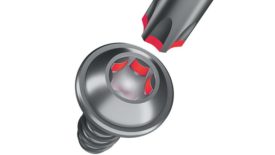
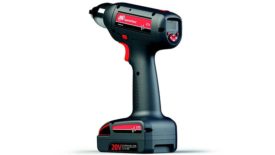
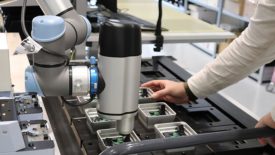
 ASSEMBLY is thrilled to return to the Music City Center in Nashville, TN for The ASSEMBLY Show SOUTH on May 1-2, 2024. This is a booming time for manufacturing and the U.S. South is right in the heart of the action. According to ASSEMBLY’s most recent annual capital spending survey, the South is projected to account for 31 percent of total spending this year, marking the fifth straight year this region has accounted for at least 30 percent of capital spending in the U.S.
ASSEMBLY is thrilled to return to the Music City Center in Nashville, TN for The ASSEMBLY Show SOUTH on May 1-2, 2024. This is a booming time for manufacturing and the U.S. South is right in the heart of the action. According to ASSEMBLY’s most recent annual capital spending survey, the South is projected to account for 31 percent of total spending this year, marking the fifth straight year this region has accounted for at least 30 percent of capital spending in the U.S.